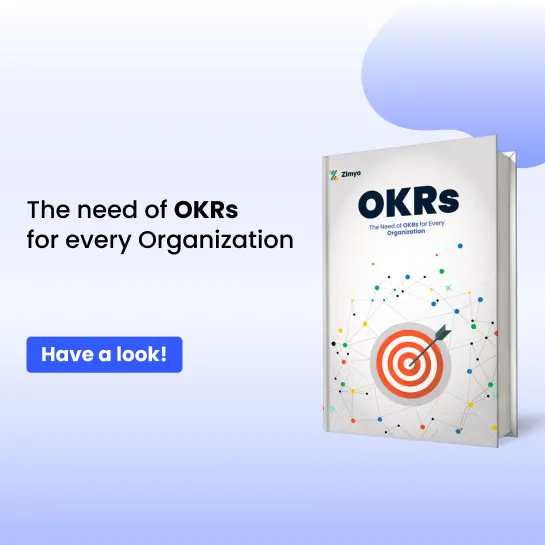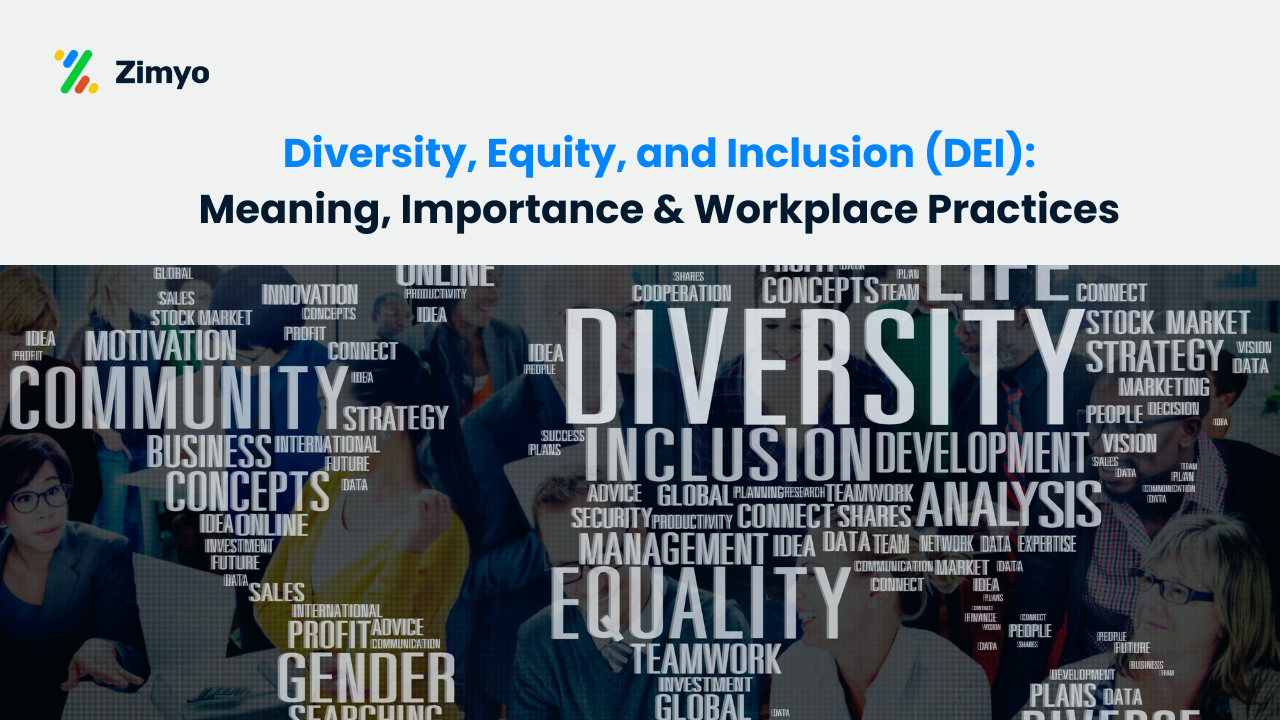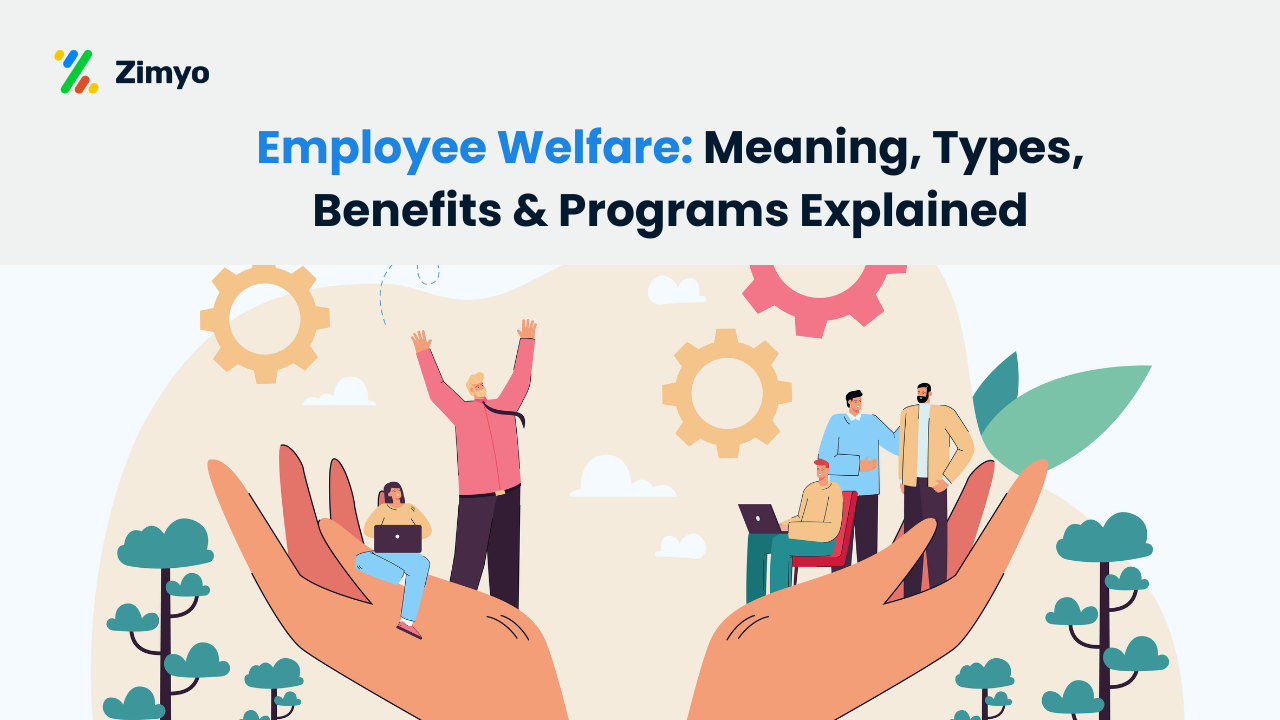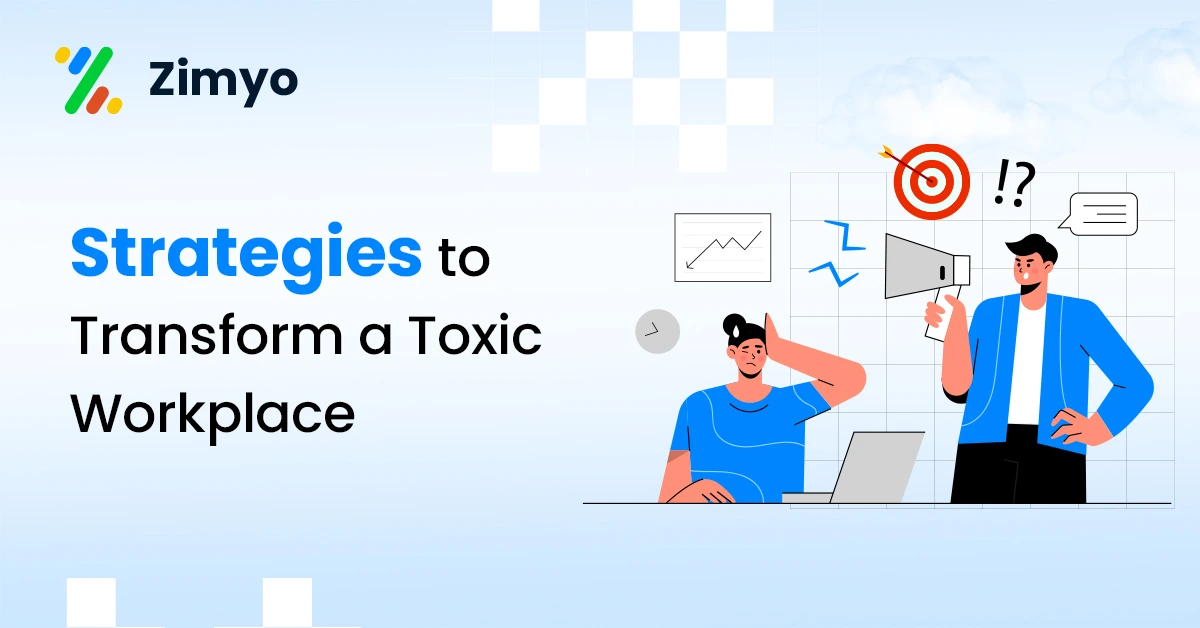Mental health at work is no longer optional. It is a necessity. In 2025, mental health awareness has become one of the most urgent workplace conversations globally. Yet, most organizations still struggle to turn good intentions into real impact. Policies exist, but practices don’t always follow. This blog dives deep into why mental health at work is so critical, what’s going wrong, and how we can fix it with real, proven strategies.
Let’s talk openly about stress, burnout, anxiety, and the daily struggles employees face, and how companies must act now. But first, let’s begin with the basics.
What is Mental Health Meaning?

In layman terms, mental health simply means:
How you feel, think, and cope with everyday life.
It’s your emotional and mental state, your ability to handle stress, solve problems, enjoy relationships, and bounce back from tough times. Just like physical health is about your body working well, mental health is about your mind working well.
If your mental health is good, you feel calm, focused, motivated, and emotionally balanced. If it’s poor, you might feel anxious, overwhelmed, sad, angry, or unable to deal with daily pressures.
In short:
Mental health is your mind’s wellness. It’s what helps you stay okay, even when life isn’t.
What is Mental Health Definition?
Here’s how World Health Organization (WHO) defines Mental Health:
Mental health is a state of mental well-being that enables people to cope with the stresses of life, realize their abilities, learn well and work well, and contribute to their community.
World Health Organization (WHO), 2022
Here’s how CDC, U.S. Department of Health & Human Services defines Mental Health:
Mental health includes our emotional, psychological, and social well-being. It affects how we think, feel, and act. It also helps determine how we handle stress, relate to others, and make healthy choices.
CDC, U.S. Department of Health & Human Services
What is the Meaning of Mental Health at Work, specifically?

In layman terms, mental health in the workplace means:
How employees feel emotionally and mentally while doing their job.
It’s about whether people at work feel:
Stressed or supported
Overwhelmed or in control
Valued or ignored
Burnt out or balanced
Anxious or confident
If mental health at work is good, employees feel safe, respected, motivated, and able to handle their tasks without constant stress. They can focus, collaborate well, and bounce back from challenges.
If it’s poor, people may feel drained, under pressure all the time, afraid to speak up, or even depressed, which affects their work and personal life.
In simple words:
Mental health in the workplace is how well people feel emotionally while doing their job every day. It’s about making sure the job doesn’t break people down, it lifts them.
What is the Definition of Mental Health at Work, specifically?
Formal Definition (Derived from Official Sources):
Mental health at work refers to a state of well-being in which an employee can cope with the normal stresses of the job, be productive and effective at work, build positive relationships with colleagues, and contribute meaningfully to the goals of the organization.
Adapted from WHO and International Labour Organization, 2022
Definition Breakdown from Key Institutions:
World Health Organization (WHO):
Emphasizes “mental health” as the ability to cope with normal life stresses, work productively, and contribute to the community.”
(WHO, 2022)International Labour Organization (ILO):
States that “workplace mental health” includes the promotion of mental well-being, the prevention of mental health conditions, and support for employees with mental health challenges. (ILO)APA (American Psychological Association):
Highlights that mental health in the workplace impacts employee performance, engagement, and satisfaction, and must be supported through policies, culture, and leadership. (APA)
In short, according to experts:
Mental health at work is not just about avoiding burnout or stress; it's about creating a work environment where people feel psychologically safe, emotionally balanced, and able to perform at their best.
Why Mental Health at Work is the Need of the Hour?
According to the World Health Organization (WHO), over 15% of working adults globally experience mental health disorders at any given time. In India, LinkedIn’s Workforce Confidence Index revealed that more than 60% of professionals feel stressed at work. These are not just numbers. These are people, your people, struggling silently.
The problem? While companies talk about mental health at work, there’s a huge gap between policy and practice. Having an HR policy document is not enough. It’s time for actionable mental health initiatives that drive real mental well-being and change lives.
Why Mental Health Awareness isn't Enough? We Need Action too.
Many companies run mental health awareness campaigns once a year. But mental health is not a one-day event. It’s a daily priority.
- You cannot solve burnout with a one-time seminar.
- You cannot address depression with a free yoga class.
You need consistent systems that promote workplace wellness and offer employees true mental health support.
What a Healthy Workplace Should Look Like?

A workplace that promotes mental health at work isn’t about perks and bean bags. It’s about people-first culture. Here’s what that looks like:
1. Employees feel psychologically safe.
A healthy workplace begins with psychological safety. When employees feel safe expressing ideas, admitting mistakes, or voicing concerns without fear of judgment, they are more likely to seek mental health support when needed. This kind of safety culture directly promotes mental health at work by removing the stigma around stress, anxiety, and burnout. It also fosters better collaboration, engagement, and retention
2. Leaders openly talk about mental well-being.
In companies that truly care about mental health at work, leaders don’t hide behind corporate jargon. They share real stories. They discuss their struggles. They normalize conversations around mental well-being. When leadership is vocal about mental health awareness, it sets a powerful example. It shows employees that mental health in the workplace is a priority, not just a policy. This visibility helps break down shame and empowers teams to speak up and seek help.
3. Managers are trained in mental health first aid.
Your managers are the first line of defense when it comes to employee mental health support. Training them in mental health first aid equips them to recognize early signs of stress, burnout, or depression. They learn how to offer support, escalate when needed, and handle sensitive conversations without judgment. Companies that invest in this training see a direct improvement in mental health at work metrics, including reduced absenteeism and higher employee satisfaction.
4. Employee wellness programs are not generic; they are personalized.
Too often, employee wellness programs focus only on yoga sessions or generic mental health workshops. But real impact comes from personalized wellness programs that meet employees where they are. For some, it might be therapy access. For others, it might be financial counseling or a burnout prevention toolkit. Personalization shows care, and that’s what truly enhances mental well-being and long-term engagement.
5. There are formal systems for coping with anxiety at work and asking for help.
A healthy workplace doesn’t wait for crisis. It builds formal support systems to help employees in real time. This includes dedicated mental health support platforms, 24/7 helplines, anonymous feedback tools, and clear escalation paths. These systems make it easier for employees to cope with anxiety at work and seek help without fear. The best workplaces go further by integrating stress management tips and mindfulness sessions into daily routines.
Healthy Workplace Traits
HEALTHY WORKPLACE TRAITS | EXPLANATION |
Psychological Safety | Builds a culture where employees feel secure discussing their mental health at work without stigma. |
Open Leadership Conversations | Encourages mental health awareness by having leaders model transparency and empathy. |
Trained Managers | Equips team leads with mental health first aid skills to provide early support and escalate when needed. |
Personalized Wellness Programs | Moves beyond generic perks to offer tailored employee wellness programs that drive real mental well-being. |
Formal Anxiety Support Systems | Offers structured pathways and resources for coping with anxiety at work and seeking immediate mental health support. |
The Gap Between Policy and Practice: Why Mental Health at Work Fails Without Action

Many companies boast polished mental health policies on paper. But policies without practice are just promises. Real mental health at work needs investment, ownership, trained people, proactive planning, and safe spaces for employees to speak up. Here’s where the gap lies, and why it must be closed urgently.
🚫 No budget allocation
Without a dedicated budget, even the best mental health initiatives remain stuck in presentations. Mental health is often seen as an “HR side task,” but that mindset is outdated and dangerous. Investing in mental health at work isn’t a cost, it’s a performance multiplier.
According to Deloitte India (2022), poor mental health costs Indian companies $14 billion annually due to absenteeism, turnover, and productivity loss. Allocating proper funds to employee wellness programs, therapy partnerships, and training ensures mental well–being is more than lip service.
🚫 No accountability from leadership
Leadership commitment is the backbone of effective mental health at work systems. When leaders don’t walk the talk, employees don’t take the policies seriously. Without executive buy-in, mental health awareness campaigns become hollow checkboxes. Accountability means leaders must set KPIs, measure impact, and personally advocate for workplace wellness. Companies that assign C-suite owners to mental health initiatives are far more likely to drive cultural change.
🚫 No trained mental health first aid responders
You can’t expect managers to support struggling employees if they aren’t trained. Yet most organizations skip this foundational step. Mental health first aid is the equivalent of CPR for emotional crises. Without it, early warning signs of burnout, panic, or depression go unnoticed, or worse, mishandled. Organizations need to train HR, team leads, and even peers in how to offer employee mental health support confidently and compassionately.
🚫 No proactive strategies for improving mental health
Waiting until employees are burned out to act is a recipe for disaster. Unfortunately, many companies take a reactive approach instead of building systems for improving mental health proactively. Effective workplaces embed stress management tips, wellness breaks, coaching programs, and mindfulness for mental well–being into daily work culture. They don’t just respond to crises, they prevent them. Proactive action improves morale, resilience, and retention.
🚫 No anonymous channels for employee feedback
Stigma is still real. Many employees fear judgment or retaliation when discussing their mental health. That’s why anonymous feedback tools are critical. Companies without anonymous surveys, safe helplines, or digital suggestion boxes are missing valuable insight, and failing to provide psychological safety. Anonymous systems empower employees to ask for mental health support and flag toxic behaviors before they escalate.
Closing the Gap: Time to Act, Not Just Announce
Performative gestures won’t fix a toxic environment. To truly build mental health at work, companies must move beyond slogans and implement real systems with measurable outcomes. Every organization should:
- Fund employee wellness programs intentionally
- Hold leadership accountable for culture metrics
- Train teams in mental health first aid
- Embed mental well-being into workflows
- Collect honest feedback via anonymous tools
This is the only way to transform policy into practice, and workplace talk into workplace healing.
How to Improve Mental Health at Work: A Step-by-Step Plan for 2025

Improving mental health at work isn’t a one-time workshop. It’s a complete workplace rewire. From onboarding to leadership training, every layer of the organization must champion mental well-being. Here’s a practical roadmap you can start implementing today, no matter your team size or industry.
1. Start with Mental Health First Aid
The very first step in improving mental health in the workplace is training. Equip your managers and team leads with mental health first aid training. This builds confidence to handle early symptoms of stress, anxiety, or emotional distress.
When leaders know how to offer mental health support with empathy and urgency, employees feel safer and more supported. According to Mental Health First Aid USA, trained managers are 50% more likely to intervene early and prevent a crisis from escalating.
2. Design Custom Employee Wellness Programs
Generic doesn’t work. Copy-pasting employee wellness programs from big brands won’t resonate with your team. You must customize.
Use regular pulse surveys to ask employees what kind of mental wellness in workplace support they need, yoga, therapy reimbursements, emotional coaching, or time-off flexibility. Build wellness programs tailored to those insights.
Why it matters: Gallup found that companies with tailored employee wellness programs see 23% higher employee satisfaction and 41% lower absenteeism.
3. Set Up Anonymous Mental Health Support Systems
A healthy workplace provides safe, stigma-free spaces. That begins with anonymous channels for employees to share what they’re going through, without fear.
Implement tools like:
- Anonymous feedback forms
- 24/7 employee assistance helplines
- AI-powered wellness chatbots for real-time support
These help HR spot trends, resolve hidden pain points, and provide instant mental health support, without compromising employee privacy.
4. Build Stress Management into Work Culture
Don’t wait until burnout strikes. Build stress management tips right into the daily rhythm of work. These aren’t just wellness ideas, they’re performance enablers.
Proven strategies include:
- Daily mindfulness breaks to reset the brain
- Meeting-free focus hours to reduce overload
- Mandatory time-off policies to normalize rest
According to Harvard Business Review, employees with access to daily stress relief activities are 30% more productive and less likely to resign.
5. Integrate Mindfulness for Mental Well-being
Mindfulness isn’t a luxury, it’s a performance tool. Integrating mindfulness for mental well-being into the workday rewires stress response, sharpens focus, and calms anxiety.
Here’s how to start:
- Begin team meetings with 2-minute breathing exercises
- Offer access to guided meditation tools like Headspace or Calm
- Encourage employees to block “quiet focus” time on calendars
American Psychological Association (APA) found that regular mindfulness practices reduce workplace stress by 32% and improve decision-making.
6. Track and Measure Your Mental Health Initiatives
What gets measured gets improved. Companies must evaluate whether their mental health initiatives are driving real outcomes.
Track metrics like:
- Participation rates in employee wellness programs
- Feedback on mental wellness in workplace through surveys
- Productivity shifts after mental health policies are launched
Use dashboards or employee experience tools to evaluate ROI. This also helps build a long-term, scalable framework for mental health at work.
Let's Make Mental Health a System, Not a Slogan
Mental health at work is not about one campaign or one app. It’s a system. A cultural foundation that supports your people before, during, and after their struggles.
When companies move from checklists to this kind of deeply integrated system, they don’t just improve mental well-being, they build stronger, more resilient, future-ready organizations.
Workplace Mental Health Initiatives That Actually Work
Here’s what successful companies are doing to foster real mental health in the workplace:
Company | Initiative | Result |
Free access to therapists & mental health leave | 42% drop in employee burnout reports | |
Deloitte | Leadership-led storytelling on mental health | Doubled usage of internal support services |
Zappos | “Unplug and Reboot” mental health day every month | 25% rise in employee satisfaction surveys |
Microsoft India | Weekly stress-check surveys | Improved emotional well-being index by 30% |
Mental Health Support is not One-Size-Fits-All
What works for a Gen Z coder may not work for a mid-level sales manager. Personalization is key. Here’s how to address different needs:
- For introverts: Offer quiet zones, journaling prompts, private therapy access.
- For remote teams: Virtual mental health support sessions and buddy check-ins.
- For leadership: Resilience coaching and mental health awareness training.
Mental Health at Work: Myths vs. Reality
Myth | Reality |
“Strong people don’t need help” | Everyone needs support, especially in high-pressure environments. |
“Therapy is for personal issues” | Employee mental health support covers workplace stress too. |
“One wellness day is enough” | Mental health needs continuous, long-term investment. |
Global Mental Health Mandates at Work

Here are several official policies and frameworks from governmental and international agencies related to mental health at work, complete with reputable references:
1. WHO / ILO Mental Health at Work Policy Brief
- Developed jointly by the World Health Organization and International Labour Organization, this policy brief offers a pragmatic framework to prevent work-related mental health conditions, protect and promote mental health at work, and support workers with mental health conditions. It sets out actionable guidance for governments, employers, and civil society.
- The recommendations include manager training, reducing psychosocial risks, and supporting return-to-work, integral steps in transitioning from policy to practice.
2. UK: Mental Health at Work Action Plan & Mental Health at Work Commitment
- The UK’s Mental Health at Work Action Plan was created by the government and informed by the Thriving at Work report. It outlines a structured plan for building open, supportive work cultures, healthy environments, and effective support systems.
- Mind’s Mental Health at Work Commitment expands on this with six standards, like promoting openness, building capacity, and embedding organizational accountability, with tools and resources for hundreds of UK employers who sign up.
3. India: Legislation & National Mental Health Programs
- Mental Healthcare Act, 2017: Guarantees rights such as access to mental healthcare, confidentiality, and non-discrimination in employment, education, and healthcare. Employers must uphold privacy and provide reasonable accommodations
- National Mental Health Policy of India (2014) and National Mental Health Programme (NMHP, 1982): These establish frameworks for integrated mental health services, community-based programs, district-level implementation via DMHP, awareness generation, and workplace stress/community outreach efforts.
- Labour Law context: While India currently has no standalone workforce mental health law, the Employees’ State Insurance Act (1948) covers treatment of serious mental health disorders, and the Rights of Persons with Disabilities Act (2016) safeguards those with mental illness from workplace discrimination.
- Tele MANAS (National Tele Mental Health Programme): A government tele-mental health initiative offering counseling services across states and districts, especially for underserved populations. Many employers leverage this resource to support employee well-being.
4. Emerging State-Level Initiatives in India
Odisha Government Mental Health Policy (in progress): Announced in 2025, this policy aims to establish counselling centers, reduce stigma through awareness campaigns, and integrate early stress management frameworks at district level.
Summary Table of Employee Mental Health Policies
Country / Institution | Official Policy / Program | Key Features |
WHO / ILO | Mental Health at Work Policy Brief | Guidance on preventing and managing mental health risks in the workplace; manager training; support for affected workers as stated by World Health Organization+2World Health Organization+2Mind+2World Health Organization |
UK Government | Mental Health at Work Action Plan (via Thriving at Work) | Encourages employers to develop formal action plans, foster openness, safe environments, and sustained support as stated by GOV.UK |
Mind UK | Mental Health at Work Commitment | Six practical standards and tools for employers implementing workplace mental health programs as stated by Mind |
Government of India | Mental Healthcare Act, 2017 | Guarantees healthcare access, confidentiality, non-discrimination, and legal protection for workers with mental illness as stated by India BriefingNCBI |
National Mental Health Policy & Programmes | NMHP (1982), DMHP (1996), Policy 2014 | Promotes mental well-being, integration with primary care, community outreach, and inclusion of workplace wellness elements as stated by NCBIPMC |
Indian Labour Law | ESI Act 1948, RPwD Act 2016 | Covers treatment for mental illnesses and protects workplace rights of disabled individuals, including those with mental disabilities as stated in SightsIn PlusIndia Briefing |
State Initiative | Odisha’s proposed mental health policy | Focused on early identification, counselling centers, stress management campaigns, and stigma reduction as stated in The Times of India |
How can Employers translate these Policies into Practice?
- Align HR policies with legislation like the Mental Healthcare Act, 2017 to ensure confidentiality and non-discrimination.
- Implement frameworks such as WHO / ILO’s guidance and the UK’s Mental Health at Work Plan, including manager training and psychosocial risk assessments.
- Join or adapt standards like Mind UK’s mental health commitment to create transparent and accountable internal strategies.
- Promote tele-counseling tools like India’s Tele MANAS as part of employee wellness programs.
- Launch local or state-level collaborations, e.g., partner with Odisha-style initiatives to bring community-led mental health support into the workplace.
Future of Mental Health at Work: What’s Next?
By 2025, workplace wellness will no longer be a trend, it will be a business driver. Companies that ignore employee mental health support will lose talent, reputation, and productivity.
Expect more:
- Data-driven mental health initiatives
- AI-powered mental health support
- Employee wellness programs as a core part of the HR budget
According to McKinsey Health Institute, companies with strong mental health practices are 2.5x more likely to retain top talent and 3x more likely to be seen as “great places to work.”
Final Thoughts: The Cost of Doing Nothing!
Ignoring mental health at work isn’t saving you money. It’s silently draining it.
High absenteeism. Low morale. Quiet quitting. Burnout.
On the other hand, investing in real mental health initiatives pays off through higher retention, productivity, and happier teams.
Start small. Act fast. Build systems. Lead by example.
Because mental health at work is not just an HR issue,
It’s a leadership responsibility.
It’s a human issue.
And it’s time we act like it.
How to protect mental health at work?
Protecting mental health at work means creating an environment where employees feel safe, supported, and balanced, both emotionally and mentally. It starts with open communication and a culture that encourages people to talk about how they feel without fear of judgment. Workloads should be realistic, and breaks must be encouraged, not just allowed. Companies should train managers in empathy, mental health first aid, and stress recognition, so they can support their teams early on. Having access to employee wellness programs, anonymous counseling services, and flexible work options like hybrid schedules or mental health days also helps a lot. Small practices like regular check-ins, mindfulness sessions, and no-meeting days can go a long way in protecting mental well-being. When organizations genuinely care about mental health at work, employees feel more valued, engaged, and resilient, even during tough times.
What to do if your mental health is affecting your job?
If your mental health is affecting your job, the first thing to do is acknowledge that something isn’t right. Ignoring signs of stress, burnout, or emotional exhaustion can make things worse over time. Start by talking to someone you trust, a friend, family member, or even a supportive colleague. Sharing how you feel helps ease the emotional load. If things feel too heavy, don’t hesitate to seek professional help. Many workplaces offer access to therapists through Employee Assistance Programs (EAPs) or wellness benefits. If you’re comfortable, consider having a conversation with your manager or HR. You don’t need to explain everything, just enough to request support like flexible hours, lighter workloads, or time off. Sometimes taking a mental health day can make a huge difference. Setting clear boundaries at work is also key, limit after-hours work, take regular breaks, and create space for focus. Outside of work, make self-care a daily priority. Exercise, sleep, mindfulness, and even hobbies can significantly boost your emotional balance. Most importantly, remember, mental health at work matters just as much as physical health. Asking for help is a sign of strength, not weakness.
How to tell your boss you're struggling mentally?
Telling your boss that you’re struggling mentally can feel overwhelming, but it’s an important step toward getting the support you need. Start by choosing a quiet, private time to talk, preferably in person or over a call. Keep it honest but simple. You don’t need to share every detail, just say something like, “I’ve been dealing with some mental health challenges that are affecting my energy and focus lately.” Emphasize that you’re committed to your work but currently need some support or flexibility to manage things better. If you have ideas, like adjusting your workload, working flexible hours, or taking a short break, share them. A good manager will appreciate your honesty and effort to be proactive. Remember, protecting your mental well-being is not a weakness, it’s a responsible, professional move.
Manage Stress & Improve Mental Health In Your Workplace
How Can Managers Promote Mental Health In The Workplace?
Ways to Cope With Mental Health Challenges
Future of Work in 2025 – 4 Key Trends to Expect
Employee Mental Health | Meaning & Definition






